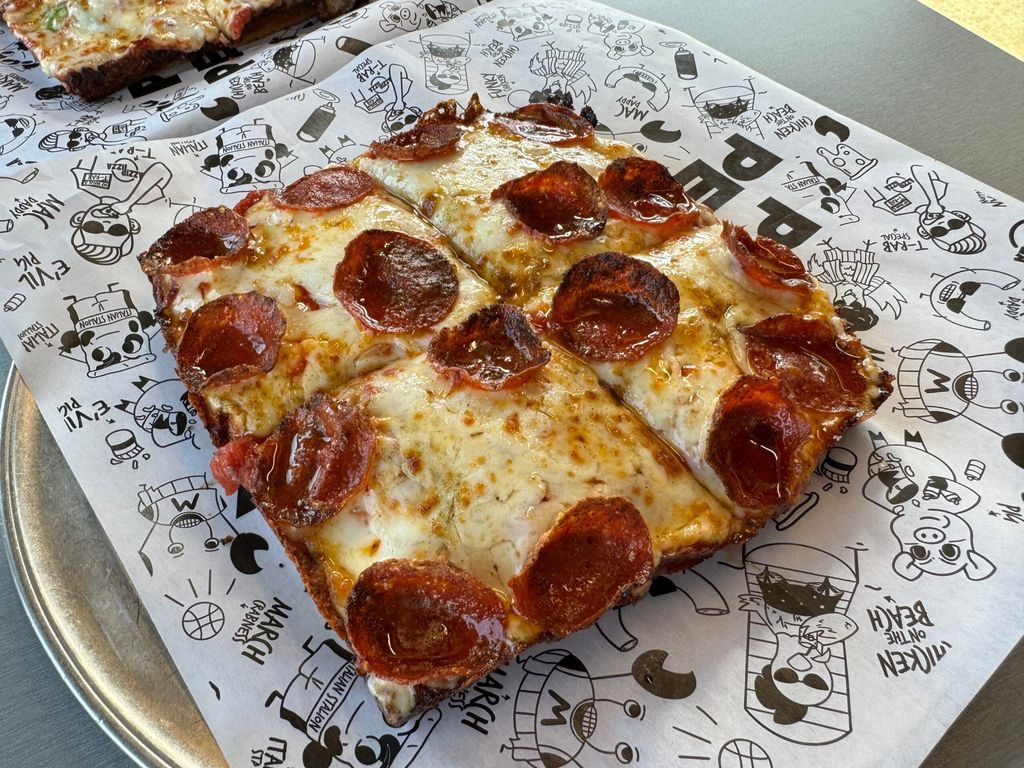
Alright, listen up, folks! If you’ve ever worked in a restaurant, you know it’s a wild ride. It’s a job that should honestly be a character-building requirement for everyone, because it throws you into a world where thinking on your feet and problem-solving like a boss isn’t just a perk, it’s a daily necessity. And while we servers put on our best customer service voice and beaming smiles for every table, sometimes that phony grin disappears the moment we turn around.
Let’s be real: no one wants to be ‘that’ customer – the one servers secretly beg their coworkers to take over. You know, the one who seems hellbent on having a bad time and really tests everyone’s patience. The restaurant biz is a challenge every single day, and we can handle it in stride, but there are definitely some things that really, truly vex us. As the late, great Anthony Bourdain always pushed, if you want a great experience, be polite to your server. And honestly, it boils down to mutual respect. It’s about making dining enjoyable for both guests and the hardworking staff.
So, why are we here? Because it’s time to pull back the curtain on some seemingly harmless habits that can actually be incredibly demeaning, rude, and frankly, make our jobs a whole lot harder. These aren’t just minor annoyances; they can slow down service, add unnecessary stress, and even reduce fairness to staff and other guests. Most times, it’s not intentional, just a lack of self-awareness. But the more you know, the better off you are, right? Let’s dive into some of the biggest no-nos from a server’s perspective.

1. **Snapping your fingers, flailing arms, or other rude ways to get attention.**
Picture this: a server mid-rush. It’s a terrifying, beautiful, chaotic place to be. We’re moving a mile a minute, juggling an overwhelming list of backlogged tasks – soda refills, dropping checks, grabbing extra ketchup, greeting new tables – all while keeping that beaming smile plastered on our faces. There’s truly never a lull on the floor; we’re constantly scanning, assessing, and prioritizing to balance the very delicate game of time management.
Yet, despite this universal truth of the restaurant world, plenty of diners still seem to think their time is infinitely more valuable than everyone else’s. For some unknown reason, there’s a certain generation of people who think the best way to grab a server’s attention, especially in a loud restaurant, is by snapping their fingers or flailing their arms in the air. Let’s be crystal clear: this action screams, ‘I am the most important person in this room, and my needs supersede everyone else’s!’ It gives off an energy that you are the most important person in the room, and wherever you need to be is far more important than the plans of every other person in the restaurant. It’s not just rude; it’s incredibly disrespectful and demeaning, treating us like we’re lesser than or, as one server put it, “like dogs.”
We would genuinely hope this action is a relic of the past, but sadly, it’s still a thing. If you need our assistance, there are far more humane and effective approaches. Try making eye contact, politely raising your hand, or, the age-old classic: simply saying “excuse me” as we pass. Remember, going out to eat is a luxury, and patience is definitely a virtue. If you’re really tight on time, a busy sit-down restaurant might not be the smartest choice for a “quick” meal. We’ll get to you as soon as we possibly can; a little nod or eye contact is all it takes.
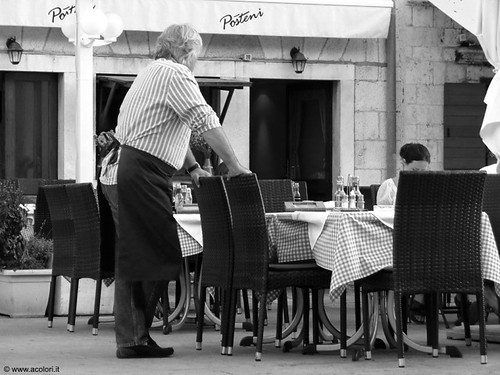
2. **Moving tables around without asking.**
For those who haven’t had the character-building experience of working in a restaurant, it’s totally understandable to be a bit confused by the seemingly chaotic seating patterns. We often hear frustrated parties exclaim, “Hey! We were here first!” when a group half their size gets seated ahead of them at the counter. What many don’t realize is that there’s a method to the madness, a strategic reason why you are placed where you are, based on server section rotation, upcoming reservations, and restaurant policies.
Believe it or not, we servers want you to be comfortable. We know that the large group of bachelorettes at the favored corner table is about to settle up, and that spot will be 10 times more comfortable for the next set of diners. Rude remarks and demands are just part of the job, but when folks take it upon themselves to not only seat themselves but push tables together and shuffle chairs around like it’s their own private dining room, we absolutely have to step in and intervene.
There are a million crucial reasons not to rearrange the dining room. One major factor is liability: if anything happens to you, even something as minor as stubbing your toe on a moved chair, the restaurant could be on the hook for the accident. Secondly, seating is not a free-for-all. It’s actually an insanely meticulous process that takes as much precision as juggling. Most importantly, just because a table is empty doesn’t mean it’s available. If there isn’t a sign by the front door offering seating instructions, the best, and safest, instinct is to simply wait for the host. Your seat is not random, and respecting the seating plan ensures a smoother experience for everyone.
Read more about: The Indispensable Arsenal: Unpacking the Ultimate Tool Kit for Every Man (And What’s Missing From Yours)

3. **Letting your kids run wild.**
Having worked in establishments from five-star dining to dive bars, I can tell you there are hundreds of stark differences between them. But one thing rings true across the board: a restaurant is not a daycare. Now, I’m not one of those people who think parents should leave their rambunctious kids at home, and I don’t even mind families bringing snacks for the little ones to keep them happy. But if you’re going to tote the whole family out to brunch, the very least you can do is a routine head-count at the table.
It’s genuinely shocking how many times I’ve nearly tripped over a literal baby crawling across the dining room floor. Oftentimes, I’ll spot a kid, or even a whole herd of them, scheming around the restaurant for over 10 minutes, and I can’t even pinpoint who they belong to. Sometimes it feels like tables will come in and simply assume the entire restaurant is their personal playground. They let their kids run wild and expect staff to wrangle them – which, for the record, is absolutely not in our job description!
Even spaces dedicated to kids’ entertainment, like museums and arcades, aren’t a drop-off service, so it’s always baffling how some chaperones will check out the moment they’re seated. Think about it: restaurants are practically obstacle courses for adults, dodging trays of hot coffee and navigating slippery floors like Indiana Jones. This makes them absolute death traps for unsupervised children. As a child-free woman, I won’t pretend to have parenting advice, but I think it’s safe to say that parenting duties don’t magically stop just because other adults happen to be around. Keep an eye on your little explorers; it’s safer and much more respectful to everyone.
Read more about: Does the Dog Die? 14 Heartwarming Films Where Our Furry Friends Live Happily Ever After
4. **Saying you’re ready to order when you aren’t (and insisting we stand there waiting for you).**
A lot of these all-too-common taboo customer foibles share a common, annoying theme: entitlement. All too often, parties will confidently declare they’re ready to order, only for one out of six patrons to actually be prepared. It’s one thing if guests respectfully request the server linger for just a minute and are quick to throw an order together – we get it, sometimes decisions are hard! But those who flag down a server only to then scratch their heads and look over the menu for over five minutes? Honestly, that should earn you jail time (kidding, mostly).
As the chaotic energy in any busy restaurant makes evident, servers have things to do. Monopolizing their time won’t make your food arrive any sooner; in fact, it’s more likely to slow things down. Every single second counts, both in the kitchen and on the floor. The time servers spend standing around waiting for an indecisive diner to pick their poison is just time wasted when there are other tables to attend to, drinks to run, and tasks looming. It’s so hard to stand there smiling politely when we feel the piercing tension coming from our other tables and can see all our looming tasks out of our peripheral vision. Sometimes, the customer will even reach out their arm as if to say, “Wait, this will only be a second,” when they first pick up the menu. We appreciate the gesture, but that’s a tough spot to be in.
There’s a line to draw here: there’s absolutely no issue with taking your time to peruse the menu and ask all the questions you need – we don’t need to be standing there watching you read. We want you to make an informed choice! If you think you’re ready to rumble (order) but then second-guess your choices during crunch time, just let your server know you need a few more minutes, and they’ll happily circle back. A quick, honest “Could you give us five more minutes, please?” goes a long, long way.
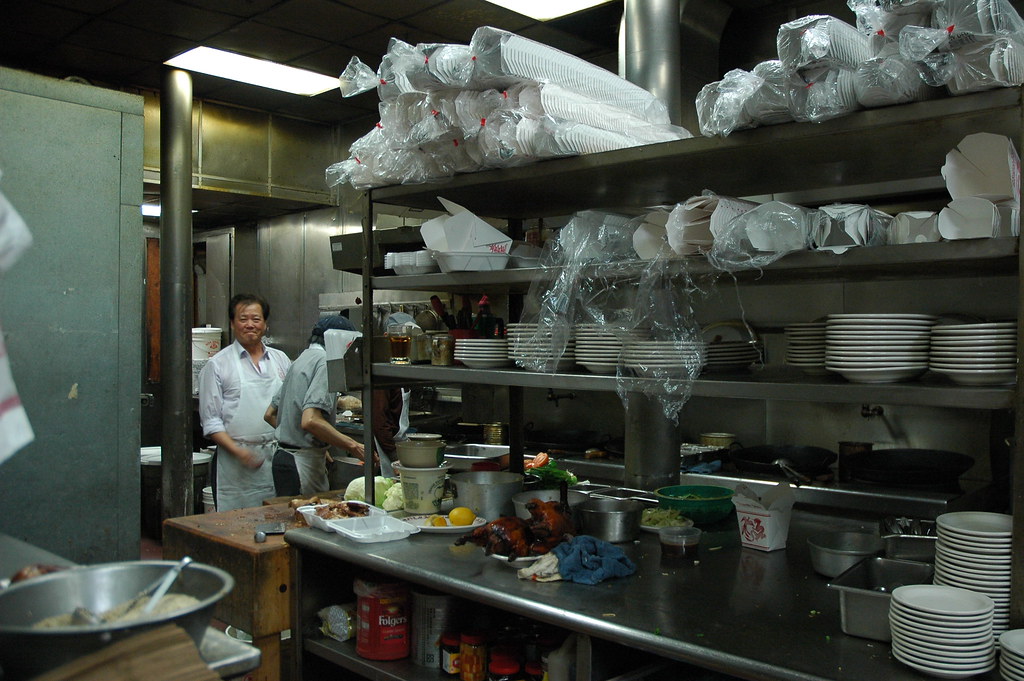
5. **Coming in 10 minutes before the kitchen closes.**
At this point, this should really be a universal no-no in the restaurant industry. Yet, there still seems to be a community of folks who aren’t aware of this social norm, or, even worse, who are aware and simply don’t care. Let’s break down why this is such a headache: breaking down the restaurant is, without a doubt, the most taxing part of the entire night, especially for the kitchen staff.
Consider how messy your kitchen looks after making an elaborate dinner for four, and then multiply that by 50 – there’s your end-of-day cleanup. In restaurants, breakdown starts hours before close; it involves shutting down stations, meticulously cleaning equipment, and prepping for the next day. The back of house staff gradually checks other side work off the list as the evening goes on, depending on how busy it is. Servers get a jump on side work too, from restocking stations and sweeping to shutting down the till. By the time closing approaches, folks may be pushing 10 hours on their feet, and the only thing standing between them and their well-deserved pillow is that last, pesky table.
This also applies to those who linger at their table for hours after they finish eating. It ties into the same frustration of delaying closure. If you absolutely must come in that late, the unspoken rule is simple: order quickly, settle up when you get your food, and, for goodness sake, tip your server exceptionally well. At the end of the day, it’s all part of the job, and there’s really no animosity towards respectful diners who understand they’re putting the kitchen out and make a conscious effort to make up for it. A little thoughtfulness goes a long way in making a server’s long night a bit brighter.
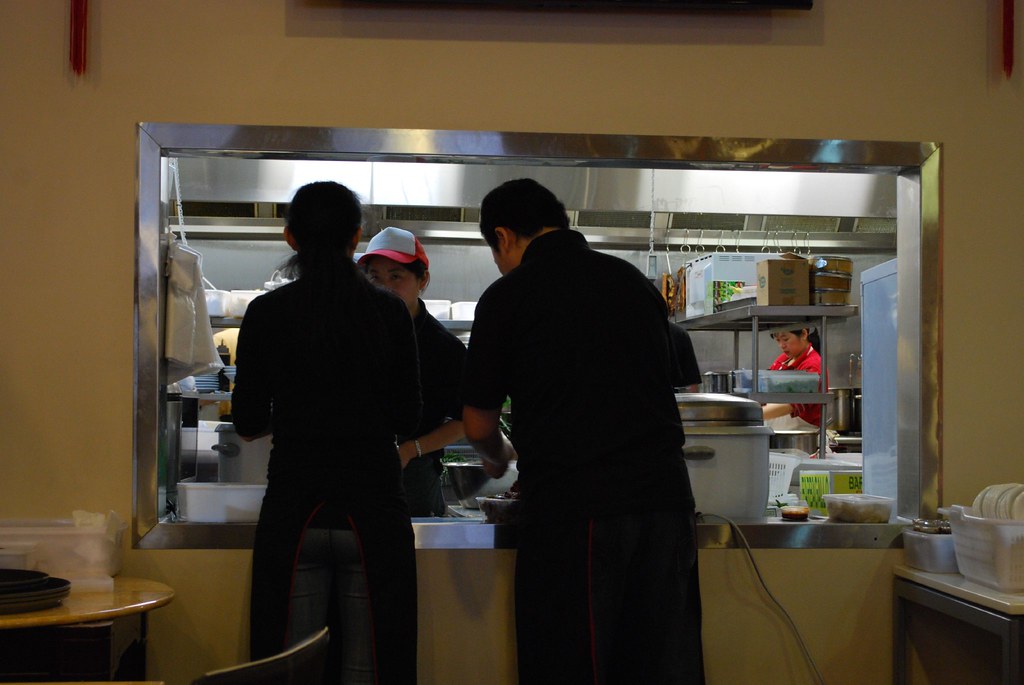
6. **Blaming servers for issues and delays.**
Servers are essentially the face of the restaurant. We’re the middleman between your delicious meal and your table, and our primary goal is to make sure everything goes swimmingly. Guests don’t get to see the mayhem that often goes on behind the scenes, and honestly, it’s the server’s job to make sure you *don’t* see it. That means that any delay, any qualm, any hiccup – it all magically becomes our problem, or at least, that’s how it often feels.
Our job description definitely doesn’t include prepping, cooking, or plating food, yet some customers will put all their effort into making us feel like it does. Once you work on the other side of the restaurant, your dining perspective is permanently altered. A server can always suss out another server by their understanding demeanor and endless patience. Sometimes it can feel like a customer’s main goal of the day is to berate you, and that’s just tough.
It takes a certain *je ne sais quoi* to talk an enraged patron down and still end with a happy customer, but here’s the unvarnished truth: we have zero control over cook times, what’s stocked in the kitchen, or whether the grill cook is having a bad day. We absolutely hate saying, “Sorry, your food should be out any minute now” just as much as you hate hearing it. So, please, work *with* your servers, not against them. Another thing guests often don’t see is our painstaking attention to detail and all the things we catch and rectify between the kitchen and the table before it even reaches you. A little credit where credit is due, please!
Read more about: Walmart’s AI-Powered Produce Scanners Promise Fresher Fruits & Veggies: The Tech Behind Your Better Basket
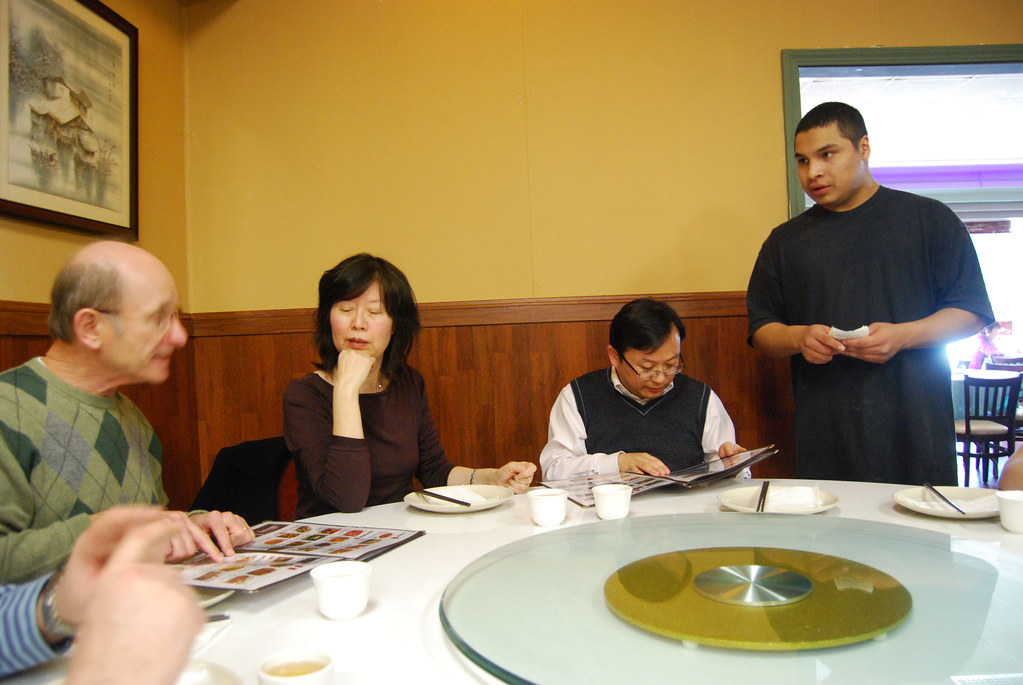
7. **Asking what a server’s “real job” is.**
This is an all-too-common and, frankly, particularly insulting pet peeve of mine. There’s this deeply ingrained, preconceived notion that servers and bartenders are just creative people who are somehow “stuck” behind an apron, biding their time until their *real* career takes off. And yes, given the flexibility and often high hourly rate, it does attract a lot of freelancers, artists, and aspiring what-have-yous. But here’s the crucial part: it’s also a legitimate, valid job in itself.
Just like your project management position, your sister’s real estate career, or your neighbor’s stationery business, serving is a job that pays the bills. It’s a career that requires a unique set of skills – communication, multitasking, problem-solving, emotional intelligence, and an incredible amount of stamina. Serving, bartending, and other food industry work have notoriously had a suggestion of bourgeoisie, stemming from the days of medieval servitude. But today, serving is a flexible, rewarding career that usually pays far more than minimum wage.
A server will likely describe themself as a “people person.” You kind of have to be to put up with a day’s worth of small talk and banter with strangers! But that doesn’t mean they owe customers their entire life story or an explanation for their chosen profession. To be clear, there’s nothing wrong with chatting and kind engagement is always encouraged, especially in a time when genuine human connection can feel so fraught. However, there’s a rather thick line between polite curiosity and pushy interrogation. Respect our work, plain and simple.
Alright, buckle up, because we’re not done yet! You’ve heard about some of the biggest no-nos, but believe it or not, there’s more to uncover in the wonderfully chaotic world of restaurant etiquette. We’re diving deeper into those everyday habits that might seem innocent enough to you, but to a server, they’re like nails on a chalkboard. It’s all about creating a smoother, more enjoyable dining experience for everyone, so let’s get into eight more things your waiters are silently begging you to stop doing.

8. **Going on about how you know someone like the owner or head chef.**
Oh, the classic name-drop! You’ve just settled into your table, maybe you haven’t even glanced at the menu, and suddenly you’re letting us know how tight you are with the owner or the head chef. If you’re dropping names within three minutes of sitting down, honey, you’re doing a little too much. It’s almost guaranteed to earn you an immediate eye-roll the moment your server turns their back towards the kitchen.
Here’s the thing: we know them too! And honestly, the truly important people, the ones who genuinely have connections, rarely feel the need to announce themselves. A great restaurant prides itself on treating every single customer like a VIP, so there’s absolutely no need to loudly whisper about your self-proclaimed star status. Just being a respectful, kind customer stands out way more than any name-dropping ever could. That’s all you really need to do to be remembered.
Similarly, pestering your server to deliver messages back to the kitchen, almost like they’re your personal carrier pigeon, is another move that will just prompt an internal eye roll. Passing notes back and forth between you and the chef is truly the last thing we have time for when we’re in the heat of the dinner rush, juggling a dozen other tasks. Your server’s job is to facilitate your dining experience, not to act as an intermediary for your personal connections.
Read more about: Taylor Swift’s Private Jet Saga: Decoding the Tracking Drama and What New Rules Mean for Her Sky-High Privacy

9. **Talking on Phones While Ordering.**
Picture this: your server approaches your table, pen ready, smile on, and you’re deep in a phone conversation. It’s a common scene, but let’s be real, it’s also incredibly disrespectful, especially in a sit-down restaurant environment. Unless you’re in a fast-casual spot or a quick-service establishment, that phone call can absolutely wait for a moment.
When you’re trying to order while glued to your phone, it creates a massive distraction. Clear communication becomes nearly impossible, leading to potential misunderstandings and, yes, even mistakes. If a wrong dish arrives or a specific request isn’t met, who’s really at fault here? It’s not fair to your waiter, who’s trying their best to get your order right amidst the dining room chaos.
Quick, focused interactions with your server not only help them do their job efficiently but also ensure you get exactly what you want. Unless it’s a genuine, urgent emergency, those calls can absolutely wait until after you’ve placed your order. If you absolutely must take that urgent call, a polite step outside is always appreciated. Show your server the same courtesy you’d expect in any professional interaction.
Read more about: 14 Family-Friendly Vehicles That Actually Fit Three Car Seats Across: Your Ultimate Guide
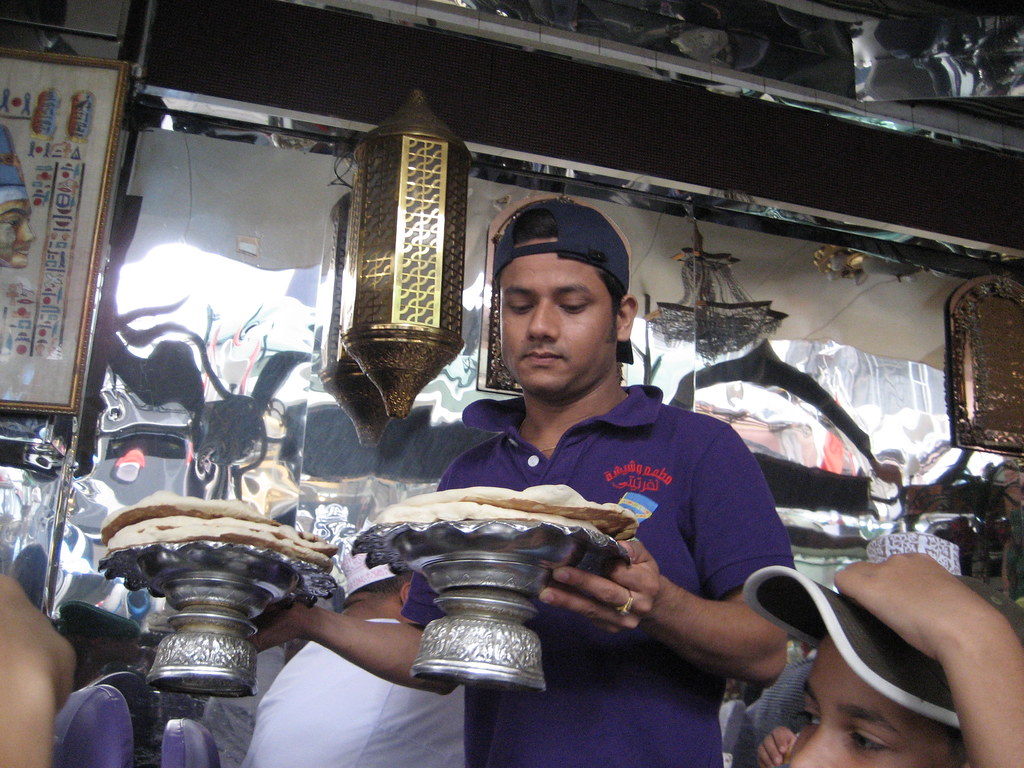
10. **Splitting Checks in Complicated Ways.**
Ah, the dreaded moment when the bill arrives, and your table of six suddenly needs it split into eight different ways, with specific items assigned to specific people. Splitting checks can quickly turn into a logistical nightmare for the wait staff, especially during peak hours. While modern point-of-sale systems definitely help, trying to divide a bill into too many intricate parts invariably eats up valuable time and creates delays for everyone involved.
We totally get it; sometimes it’s just easier to pay for what you ate. But when you’re asking your server to become a human calculator, itemizing every single dish and drink for multiple parties, it throws a wrench into the smooth flow of service. This isn’t just about your table; it slows down the entire system, potentially affecting other diners who are waiting for their bills or for their server to attend to them.
Your waiter will always appreciate simple, straightforward, and ideally, even splits. If you already know that you’re going to want to split the bill with your dining companions, do your server a huge favor and let them know *before* you even start ordering. This allows them to set up the check correctly from the get-go, saving time and stress for everyone. A little foresight goes a long way!
Read more about: When Inheritance Money Becomes a Battleground: One Woman’s Story of Standing Her Ground at the Dinner Table
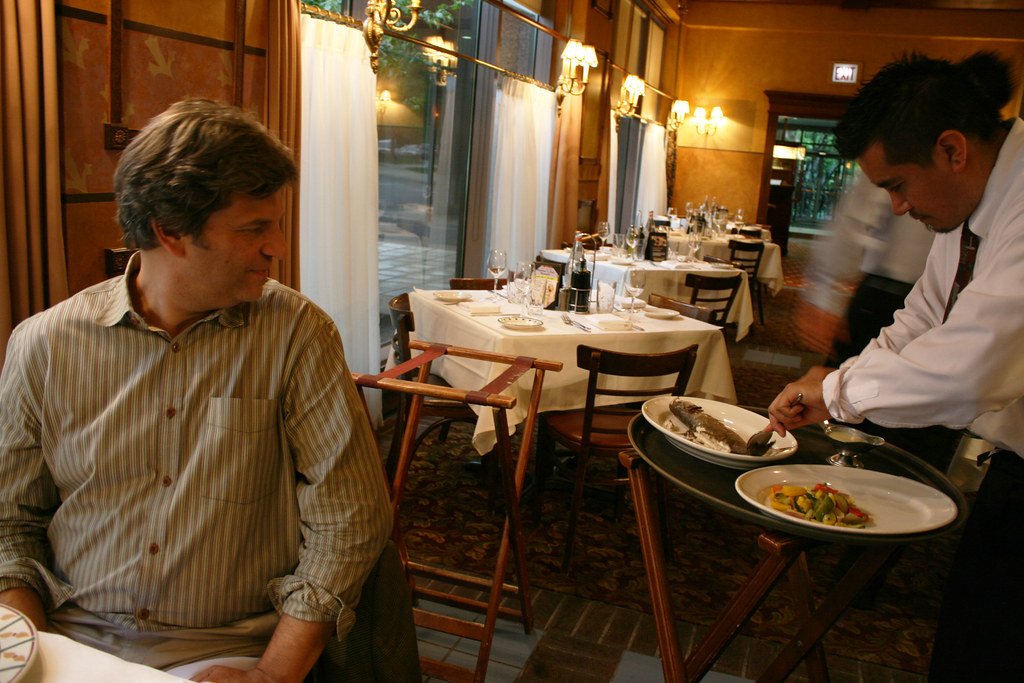
11. **Overstaying After Paying.**
You’ve finished your meal, the plates are cleared, the bill is paid, and yet… you’re still there. Lingering at a cleared table, lost in conversation or scrolling on your phone, might seem harmless to you, but it actually creates a significant ripple effect in a busy restaurant. It effectively blocks new guests from being seated, causing delays at the host stand and frustrating those waiting.
Think about it from the restaurant’s perspective: every table represents potential income. When a table remains occupied long after the guests have finished and paid, both the servers and the establishment lose out on the opportunity to seat new diners and earn tips. Some restaurants, especially those in high-demand areas, have even resorted to implementing time limits on tables specifically because of this lingering habit.
While we want you to enjoy your dining experience and your conversations, there’s a point where you really need to move on. As the saying goes, “Do you stay in the movie theater after the credits? No.” If you want to continue your chat, consider moving to a lounge area or a bar if the restaurant has one. It’s a small gesture that shows consideration for the staff and fellow patrons, ensuring the restaurant can keep its flow.

12. **Leaving Small Messes Behind.**
This one is less about what you *do* and more about what you *don’t do*. When you’re dining out, it’s always a good idea to treat the space with the same respect you would your own home. However, it’s surprising how often sugar packets, straw wrappers, crumpled napkins, and crumbs can accumulate, transforming a table into a miniature disaster zone by the time you leave.
While it’s undeniably our job to clean and reset tables, a little thoughtfulness on your part can make a world of difference. It doesn’t take long to gather your trash into one small pile or even, if you’re feeling extra kind, place it on a plate. This tiny act of tidiness shows an extra layer of consideration and respect for your server, who will definitely notice and silently thank you for the kind gesture.
Remember, restaurant staff are often hustling from one table to the next, with a never-ending list of tasks. A table that requires minimal post-meal cleanup means they can flip it faster for the next guests, or dedicate that extra minute to another pressing task. It’s a simple way to contribute to a smoother operation and demonstrate that you value their hard work.
Read more about: From Zero to Hero: 15 Everyday Home Products That Became Absolute Viral Sensations

13. **Asking for “Something Special” Off the Menu.**
We totally get it: sometimes you have a craving that just can’t be tamed by the existing menu. And if you have genuine allergies or dietary restrictions, that’s a completely different story – we’re absolutely here to accommodate those needs to ensure your safety and enjoyment. But for our picky eaters out there, consistently asking for “something special” that isn’t on the menu can cause some serious headaches.
Custom requests, especially those involving elaborate modifications or entirely new dishes, can throw a busy kitchen completely off balance. The kitchen operates on a meticulously orchestrated system, and unexpected requests force chefs to divert their attention, locate additional ingredients, and create something outside of their streamlined process. Ultimately, this slows down service for everyone, not just your table.
It also puts your waiter in a really tricky position, as they often become the bearer of bad news or are stuck apologizing for delays caused by these custom orders. Menus exist for a reason – they’re curated to offer a variety of delicious options that the kitchen is equipped to prepare efficiently. So, unless it’s a true dietary necessity, try to keep your order simple and stick to the fantastic options already laid out for you.
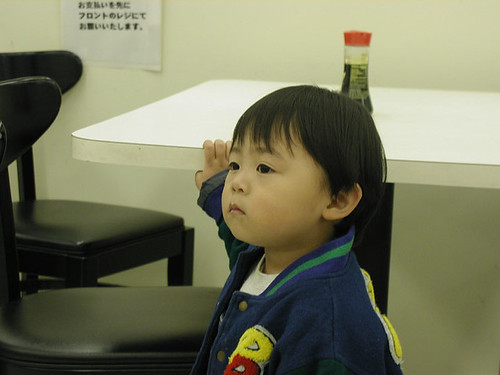
14. **Ordering for your shy child.**
Okay, parents, we love your little ones, we really do! But when you’re in a bustling restaurant, and your child is a bit on the shy side, it can lead to some awkward (and time-consuming) ordering moments. As Derek Dudley, a waiter at a casual pizza restaurant in Phoenix, wisely suggested, “If the restaurant is busy and your child is shy, please order for him.” It’s a small favor that makes a huge difference.
Kids, especially when they’re feeling a bit overwhelmed or hesitant, can sit there forever trying to decide what they want. Or they might whisper their order so softly that your server simply can’t hear them over the ambient noise of the dining room. Meanwhile, your waiter has other tables to attend to, and those diners might be (impatiently) “yelling” for service at the next table, even if it’s just in their heads.
Taking the lead and ordering for your shy child helps streamline the process significantly. It ensures that the order is communicated clearly and quickly, allowing your server to move on and attend to their other responsibilities. It’s a considerate move that respects everyone’s time and contributes to a smoother, less stressful experience for the entire restaurant staff and your family.
Read more about: The 14 Car Features Drivers Are Paying For But Rarely Use: An Expert Dive Into Unutilized Tech
15. **Asking for hot tea.**
You might think a simple cup of hot tea is a perfectly innocuous request, but according to Christopher Fehlinger, a maître d’ at a popular New York City restaurant, it’s “the single greatest way to get your waiter to hate you.” And trust us, that’s not the vibe you want to give off when you’re trying to have a relaxing meal!
Here’s the rub: in an industry that has managed to streamline almost every other process, preparing hot tea remains stubbornly inefficient. It’s not just a matter of grabbing a teabag. Your server has to find a pot, boil the water (which can take precious minutes), rustle up lemons, locate the honey, and then gather a cup and a spoon. It’s a surprisingly lengthy list of steps for what seems like a simple beverage.
All that effort for what, in the grand scheme of things, is often a very small reward for the server – especially if it’s the only thing you’re ordering. While we want to provide you with whatever you desire, understanding the disproportionate amount of work involved for a cup of tea can help you see why it’s a quiet annoyance. Perhaps a soda or a glass of water might be a less taxing choice for your hardworking server!
Read more about: Unmasking the Sugar Traps: 14 Unexpected Foods Secretly High in Sugar (and How to Avoid Them)
There you have it, folks! The curtain has been pulled back on 15 habits that can unknowingly turn you into ‘that’ customer. From treating your server like a personal assistant to creating messes or making overly complex requests, these small actions can really add up. Dining out should be a joyful experience, a chance to relax and enjoy good company and delicious food. And by understanding these unspoken rules, you’re not just being a good customer; you’re helping to create a more positive, respectful, and genuinely enjoyable environment for everyone involved. So, next time you step into a restaurant, remember these tips, flash a kind smile, and let’s make every meal a win-win for guests and staff alike!

